Treatment for athlete’s foot will vary according to the severity and type of the condition. The majority of cases of athlete’s foot are easily resolved and treated through the use of antifungal medicine. In the case of a severe infection, oral antifungal pills might be required. It is also important to remember that the fungus that causes athlete’s foot can return after treatment. Thus, it is important to ensure you follow the full course of treatment in order to prevent a possible recurrence of the infection.
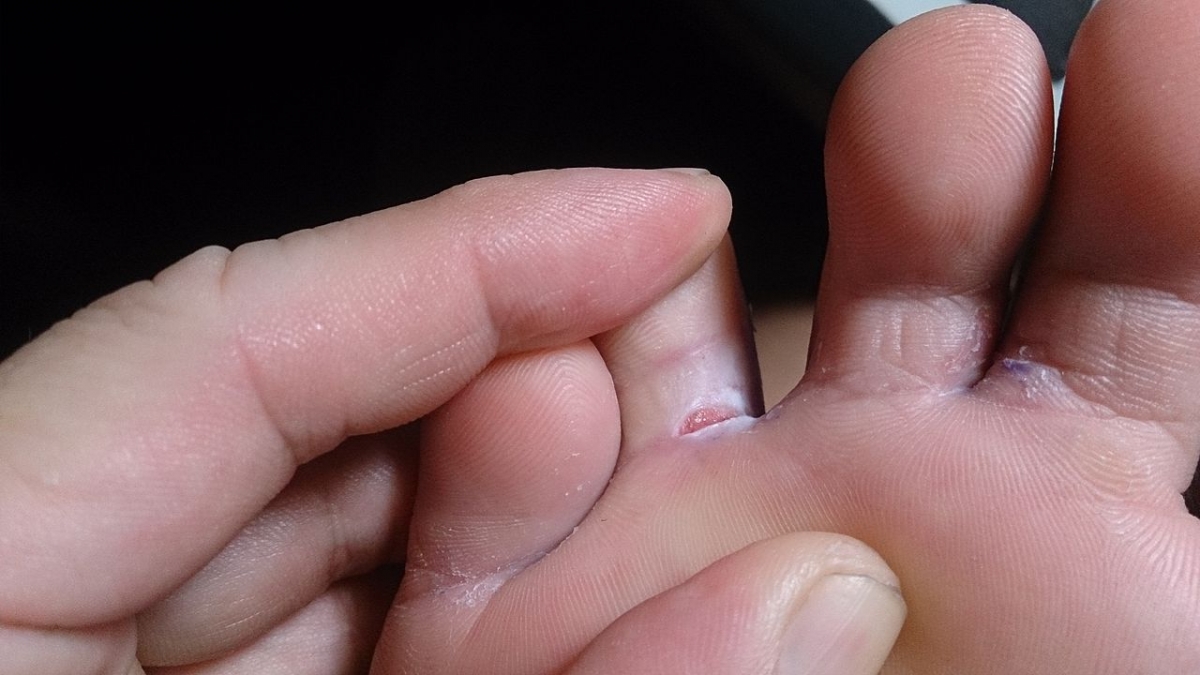
Treatment
The first treatment normally involves non-prescription antifungals such as terbinafine, miconazole, clotrimazole and tolnaftate. These medications require direct application to the skin. If these medications do not work, you might be prescribed more active medications, like naftifine, itraconazole and butenafine. These prescription medications can be topical or oral.
Types of infection
Vesicular infections will generally be found on the instep. However, this type of infection might also be seen on the sole, heel or between the toes. Vesicular infections are quire rare, but a bacterial infection might also occur during this type of athlete’s foot. Treatment for this type will usually involve soaking the feet until the blisters that occur have dried out. Non-prescription Burow’s solution can also be used for soaking the affected area. Once the blister has dried, it is advised to employ the use of a cream or lotion. Oral antibiotics might be required to combat the bacterial infection that occurs. Severe infections might necessitate the use of corticosteroid pills.
Toe web (interdigital) infections occur, as the name suggests, between the toes. Interdigital infections are the most common forms of infection. These infections can be treated by cleansing the feet and through the use of antifungal creams or lotions.
Moccasin-type infections can be difficult to treat. These infections result in the appearance of scaly, thickened skin on the sole and heel of the foot. Some non-prescription medications might not be tough enough to solve the problem, so prescription oral medications are sometimes necessary in order to cure the infection.
As mentioned earlier, recurrences of athlete’s foot infection are common, so be sure to take preventive measures to ensure the fungi do not return. These measures include keeping the feet clean and dry, allowing the feet to breathe, wearing cotton socks and drying the toes after swimming or bathing. Additionally, if you do not follow the full course of treatment, the infection might return.
- www.nhs.uk/conditions/athletes-foot/
- www.cdc.gov/disasters/trenchfoot.html
- Photo courtesy of ProjectManhattan by Wikimedia Commons: commons.wikimedia.org/wiki/File:Athlete%27s_foot.jpg





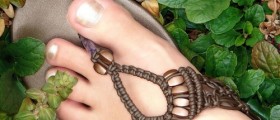
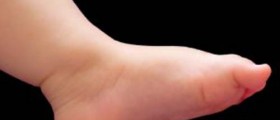
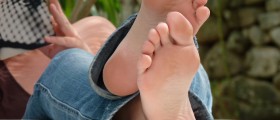
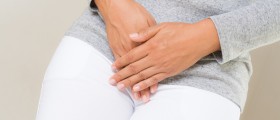
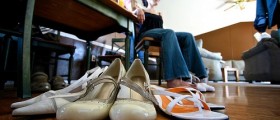
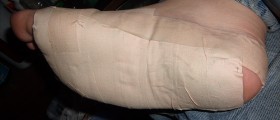





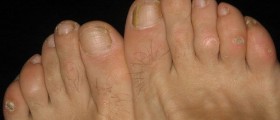
Your thoughts on this
Loading...